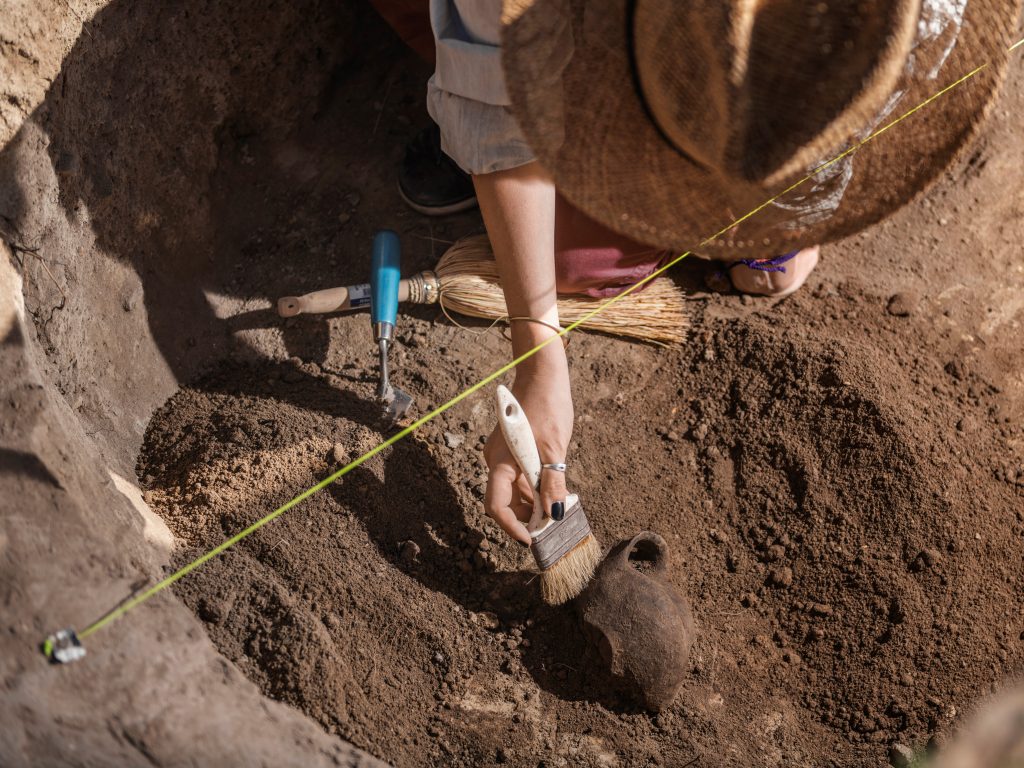
Introduction
How large should your sample be if you were to do research on factors that make some people more susceptible to the COVID-19 virus than others?
Would you even use a sample, or would that be irresponsible for a topic that threatens human life as we know it?
Should one entrust an individual with such a critically important issue, or would it be something that should be done by a large team of researchers in as many countries as possible?
The three questions that I just asked should already show that sampling is not suitable for all research topics.
It is valuable for academic purposes and can be used if the main purpose is to broaden our knowledge.
I don’t think it is suitable for research on a topic that, as the French president, president Macron said, is a war.
I will discuss sampling as a research method in this article.
Sampling is largely about data collection.
However, it also includes the analysis of data.
That is why I am discussing it as a research method rather than a data collection method.
Obviously, sampling cannot be a stand-alone research method.
It must always be linked to other research methods.
The type and size of sample that you choose for your research can determine if your research will succeed or not.
You should choose the size and type of sample after you have chosen the target group for your research.
In quantitative research, you might need to calculate the size of the sample based on what percentage probability of accuracy you will need.
Dedicated computer programmes mostly work out the sample size for you.
In qualitative research factors like expense, time available and where your target group is will determine the size of your sample.
Where the target group is, implies distance and accessibility, which will determine what size sample you will be able to reach and deal with.
The data collection method or methods that you will use will also have an impact on the size of your sample.
Although a sample should be large enough to provide valid and generally applicable information for a community, it should be small enough for you to manage.
Sampling in qualitative studies focuses on the quality of the information collected and not on the number of participants.
A sample of ten to twelve people in a community of 100 people is often acceptable.
Researchers in natural sciences will probably frown upon such a small sample or the unscientific way the sample size is decided upon.
Keep in mind that the response rate to questionnaires is often low.
You will do well if you achieve a 10% or more response rate.
If you need to receive at least 100 completed questionnaires back, you will need to send out at least 1,000 questionnaires.
To play safe I would send out double than number, i.e. 2,000 questionnaires.
Because if you don’t receive enough completed questionnaires you might need to send out more later.
You will not be able to receive as many responses through interviewing as you would through sending out questionnaires by internet or the postal system if the system in your country is dependable.
Then again, you will not need to hold as many interviews as you would send out questionnaires.
Your sample must be representative of the population forming your target group.
Representativeness is determined by the size and composition of your sample.
A too large sample is better than a too small one.
You should, for example, not send your questionnaires only to people in an old age home if you are doing research on people of all ages.
A random sample in terms of gender, age group, population group, intellectual capacity, interests and many more is often needed.
I will share 26 different types of sampling with you in this and five future articles.
Obviously, it would not be a good idea to discuss all of them in one post.
Therefore, I will spread them over six posts as shown on the slides.
Here, I will start with boosted sampling and case study sampling.
This article:
- Introduction to sampling.
- Boosted sampling.
- Case study sampling.
Article 2:
- Cluster sampling.
- Convenience sampling.
- Critical case sampling.
- Dimensional sampling.
Article 3:
- Event sampling.
- Extreme case sampling.
- Matched sampling.
- Multi-purpose sampling.
- Non-probability sampling.
- Opportunistic sampling.
Article 4:
- Probability sampling.
- Purposive sampling.
- Quota sampling.
- Random sampling.
- Reputational-case sampling.
- Snowball sampling.
- Stage sampling.
Article 5:
- Stratified sampling.
- Systematic sampling.
- Theoretical sampling.
- Time sampling.
Article 6:
- Typical-case sampling.
- Unique-case sampling.
- Volunteer sampling.
- Closing remarks.
Boosted sampling
Boosted sampling is a variant of purposive sampling.
It is a type of sampling where you take specific steps to ensure that certain individuals or types of individuals, who might otherwise have been omitted or underrepresented in the sample, are included.
People with special needs are often not included in samples because there are so few of them.
Making sure that all relevant people are included in the sample will be important if you intend to do statistical analysis and quantitative research.
You might need the responses of specific people even if you are doing qualitative research.
Case study sampling
A case study is an investigation into a specific instance or phenomenon in its real context.
It is used to illustrate a general principle, pattern behavior, etc.
Case studies can establish cause and effect in a real context.
The value of a case study is largely dependent on the size and composition of the sample.
The advantage of a case study is that it serves as a small sample of a large whole, which makes it much more manageable.
This, of course, will only be so if the case being investigated is representative of the entire population being investigated.
It is important to allow case study events to speak for themselves rather than to depend too much on your interpretation, evaluation and judgement.
Data should be collected systematically and rigorously.
This means that you need to prepare well for case study research.
You should never manipulate a case because that will lead to false information and conclusions.
It is, however, not wrong to select a case as your sample to fit the purpose of your research.
For example, it would not be wrong to select tramps in an area frequented by them if you are doing research on factors that make people decide to turn their backs on society.
Summary
Sampling includes data collection and analysis.
It is always used in combination with other research methods.
The size of the sample will be statistically calculated in quantitative research.
Factors like time, funds, data collection methods, the purpose and topic of the research will decide the size of the sample in qualitative research.
The sample must be representative of the population for your research.
In boosted sampling you will take deliberate steps to ensure that certain elements in the population are included in the sample.
A case study sample will focus on a specific group or phenomenon.









